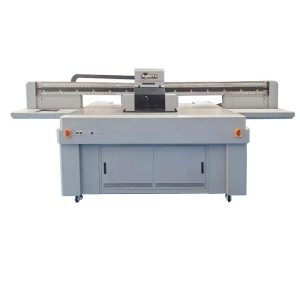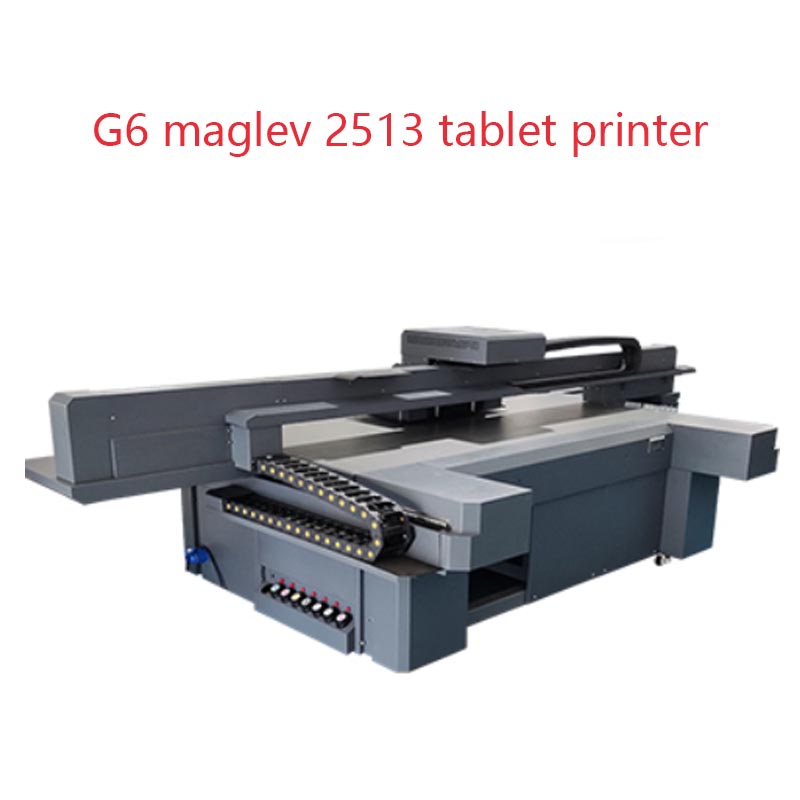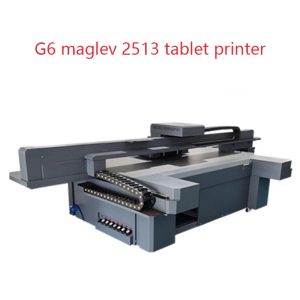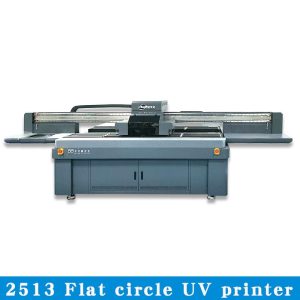Several dangerous operations when using UV flatbed printers
Our UV printer has excellent features such as no need for plate making, immediate imaging, and drying. It can not only efficiently print conventional pattern effects, but also create 3D and relief style art works, adapting to the printing needs of different materials including but not limited to packaging boxes, acrylic boards, KT boards, USB flash drives, glass, tiles, wooden boards, and even metal. Since its listing, it has quickly gained market favor due to its excellent performance, becoming one of the hottest trends at present.
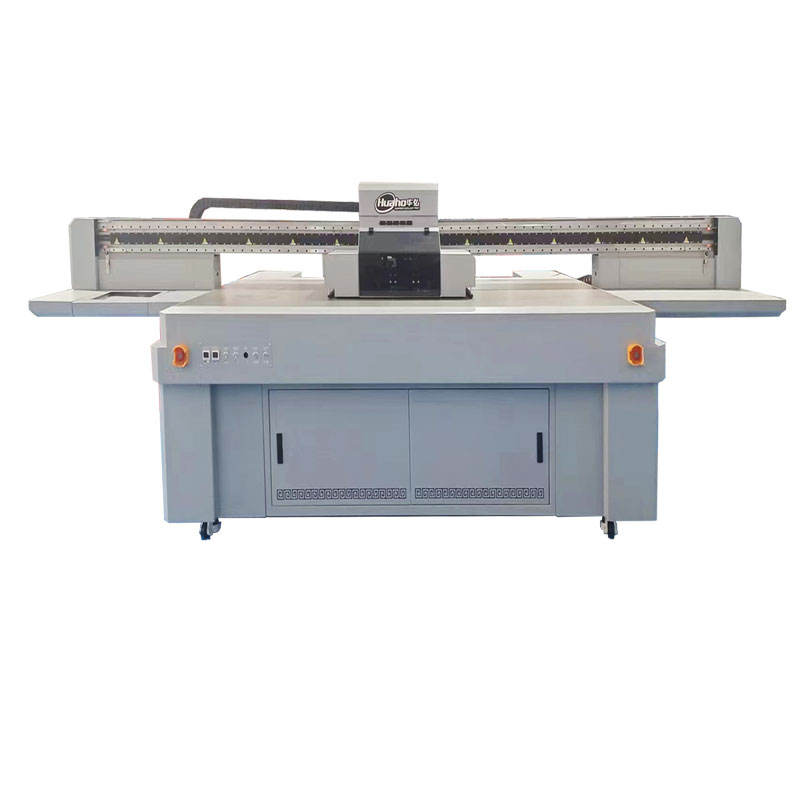
1. In actual use, UV printers have strict operating requirements, and careless operation may seriously damage the service life of the equipment.
This article will provide a detailed list of several dangerous operations, hoping that users will be vigilant and avoid them. Firstly, there is the issue of violent adjustment of the nozzle position. Under no circumstances should the orientation of the nozzle be adjusted by force. Whether replacing the nozzle or making minor adjustments, it is essential to follow the corresponding specifications.
2. Neglecting the placement of ground wires.
We know that the production and printing process of UV printers are greatly affected by static electricity, so it is necessary to regularly check the connection status of the ground wire facilities, and if necessary, sprinkle some pure water next to the ground wire to eliminate static electricity.
3. It is a bad phenomenon of randomly switching circuits.
Unauthorized disassembly of the electronic circuit of the UV flatbed printer without turning off the power switch and cutting off the main power. This will have a significant negative impact on the service life of each system and even the nozzle. Next is the safety hazards during the cleaning process. During the cleaning process, it is essential to take protective measures for the circuit board and other internal components. Before cleaning, it is necessary to disconnect the power supply and be careful to prevent moisture from coming into contact with the circuit board and other internal components.
4. Using inferior cleaning solution is also not advisable.
The nozzle is prone to contamination and wear, so it is strongly recommended that you choose high-quality and quality certified cleaning agents recommended by the manufacturer to clean the nozzle.
5. Excessive cleaning pressure can also be harmful.
When cleaning the nozzle, if it is found that the nozzle is slightly blocked, it is suitable to use a vacuum cleaner to clean the dust and then perform fine cleaning, instead of using high-pressure flushing method.
6. Long term soaking and cleaning of the nozzle is not ideal.
Although prolonged immersion in cleaning solution can thoroughly remove dirt, please note that the cleaning solution itself has a certain degree of corrosiveness. If left continuously for more than 48 hours, it may cause permanent damage to the nozzle itself. Therefore, in general, only an appropriate amount of cleaning agent needs to be poured onto the nozzle for cleaning.
7. Overuse of ultrasonic cleaning equipment also poses risks.
In fact, as long as daily maintenance is done properly, there is no need to frequently use ultrasonic cleaning equipment. Excessive use of ultrasound may have adverse effects on the nozzle. If it is only a small amount of blockage, it can be considered to use a vacuum cleaner to remove impurities and perform fine cleaning; Of course, if the blockage is severe and ultrasonic cleaning is necessary, it is best to control the cleaning time within 3 minutes each time. If one cleaning fails to achieve the desired effect, it is recommended to wait for the nozzle to cool down to room temperature before attempting to clean again.
The last dangerous operation is the misuse of inferior ink and cleaning agents. To ensure printing quality and extend the lifespan of the nozzle, when adding ink or selecting cleaning agents, different batches of ink should not be mixed indiscriminately, and reliable and compliant products should be carefully selected. Because mixing ink of different brands and models can change the color and quality of the ink, poor quality ink can seriously affect the printing effect and cause nozzle blockage, thereby shortening the lifespan of the nozzle.
